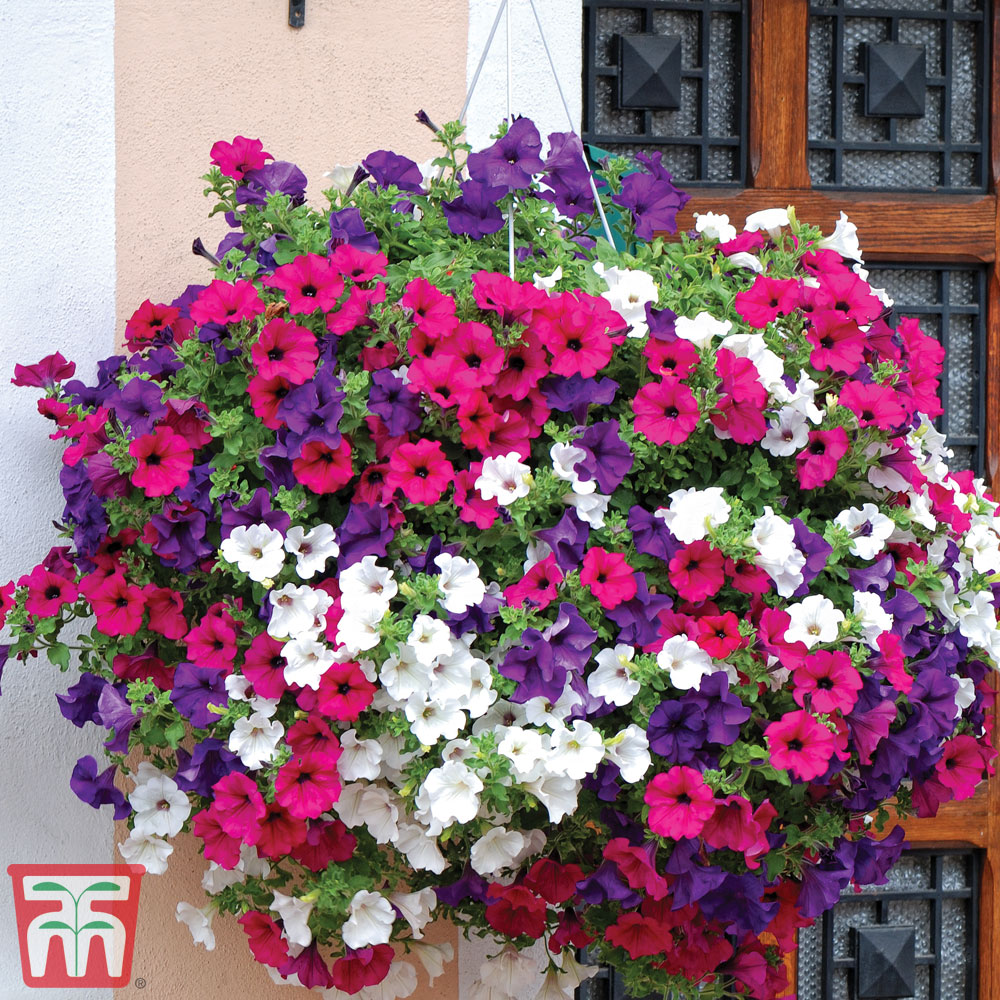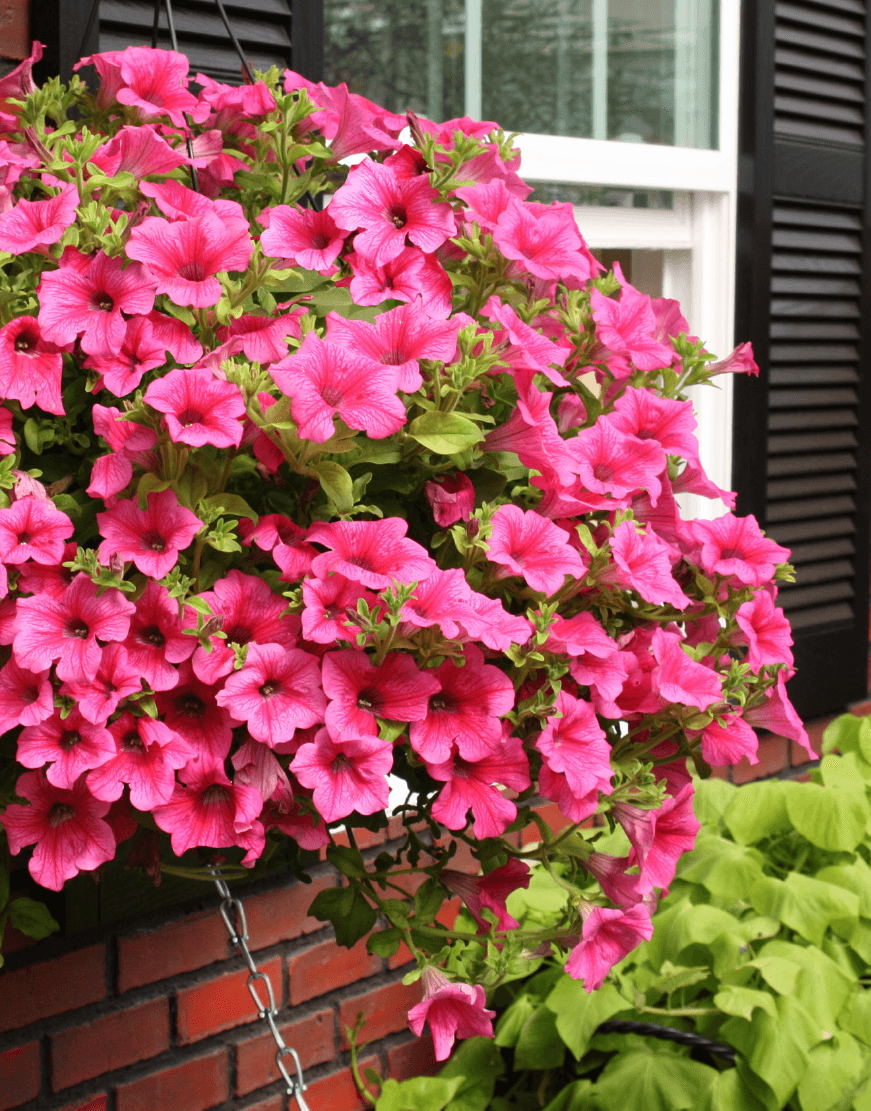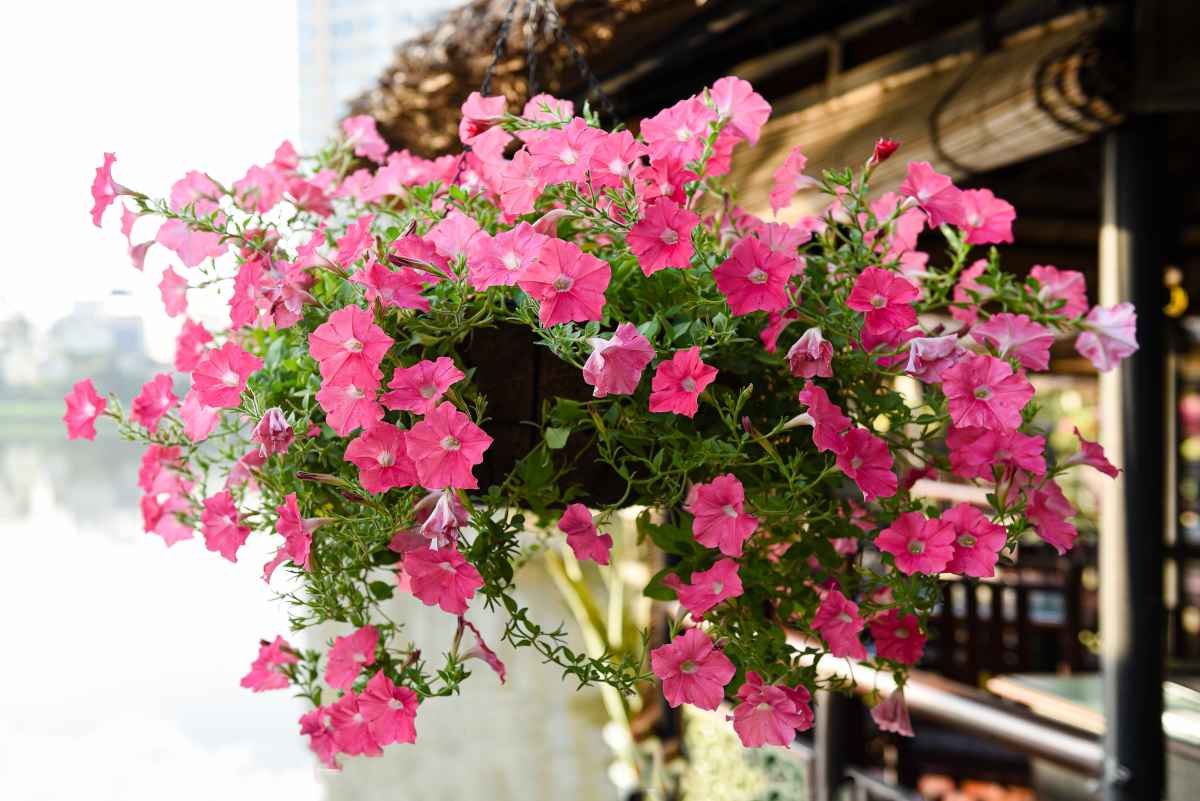
Surfinia Plant
Everything You Need to Know About Surfinia Plant
Introduction
Surfinia plants are a popular choice for gardeners looking to add a splash of color to their outdoor spaces. These beautiful flowering plants are known for their vibrant hues and cascading growth habits, making them a favorite for hanging baskets and containers.
History of Surfinia Plants
Surfinia plants were first introduced in Japan in the 1980s by a company called Suntory. They were bred from a hybrid of two different species of petunias, resulting in a plant that combines the best traits of both parent plants.
Characteristics of Surfinia Plants
Surfinia plants are known for their long, trailing stems that can grow up to 3 feet in length. They produce an abundance of trumpet-shaped flowers in a wide range of colors, including pink, purple, red, and white. These plants are also known for their ability to attract pollinators like bees and butterflies.
How to Care for Surfinia Plants

Surfinia plants require a sunny location with well-drained soil. They should be watered regularly, but be careful not to overwater as this can lead to root rot. Fertilize the plants every two weeks with a balanced fertilizer to encourage healthy growth and abundant flowering.
Pruning and Maintenance
To keep your Surfinia plants looking their best, it’s important to prune them regularly. Remove any faded flowers to promote new growth and pinch back the stems to encourage branching. You can also trim the plants back in the fall to prevent them from becoming leggy.
Common Pests and Diseases
Surfinia plants are relatively pest and disease-resistant, but they can still fall victim to common garden pests like aphids, whiteflies, and spider mites. Keep an eye out for any signs of infestation and treat them promptly with insecticidal soap or neem oil.
Propagation

Surfinia plants can be easily propagated from cuttings. Simply take a cutting from a healthy stem, remove the lower leaves, and place it in a pot filled with moist potting soil. Keep the cutting in a warm, sunny location and water it regularly until roots develop.
Uses in the Garden
Surfinia plants are versatile and can be used in a variety of ways in the garden. They work well in hanging baskets, containers, and window boxes, where their cascading growth habit can be fully appreciated. They also make a great ground cover in flower beds or along pathways.
FAQs
Q: How often should I water my Surfinia plants?
A: Surfinia plants should be watered regularly, but be careful not to overwater. Allow the soil to dry out slightly between waterings to prevent root rot.
Q: Do Surfinia plants prefer sun or shade?
A: Surfinia plants prefer a sunny location with at least 6 hours of sunlight per day. They can tolerate some light shade, but they will not flower as profusely.
Q: How often should I fertilize my Surfinia plants?
A: Fertilize your Surfinia plants every two weeks with a balanced fertilizer to encourage healthy growth and abundant flowering.
Conclusion
In conclusion, Surfinia plants are a beautiful and versatile addition to any garden. With their vibrant colors, cascading growth habit, and easy care requirements, they are sure to bring joy and beauty to your outdoor spaces. By following the tips and guidelines outlined in this article, you can enjoy a bountiful display of Surfinia flowers all season long.